 What it takes to make a purely natural powder
What it takes to make a purely natural powder
We designed our natural body powders by carefully selecting food grade plant based powders that we blend to perfection, creating a unique and effective body powder and a safe alternative to talcum. But before the powder becomes a part of our organic dusting powder, it starts as a lush green plant. This is the journey those lush green plants go through to becoming a silky natural powder.
It’s all about the starch
Starch is what makes the natural powder after all. The leafy green part of the plant manufactures glucose during photosynthesis. Excess is sent to a “holding place” for the plant to use when it needs it. Billions of chloroplasts filled with life sustaining “go juice” in the form of starch just waiting for the time the plant may need it. For tuberous plants like potatoes, arrowroot, tapioca (cassava) and the like, it is in the tuber underground. For other plants like corn, rice, and wheat it is stored in the seeds. Sago stores it in the pith of the palm leaf stem.
The key to supporting life
A plant will create an enzymatic reaction to break down the cell walls in order to release the starch and support the plants life. We can do this with our internal enzymes when we consume the seeds and the tubers. Our bodies convert the starch to sugar which we then use for energy or store the excess as fat reserves for later use. For our purpose, here at Très Spa, we aren’t interested in eating as much as we are interested in feeding your skin in harmony with nature.. So we want the natural powder form of these botanical manufacturers starch reserves.
Then you harvest the store
The plants are harvested once they reach a maturity that yields a significant starch storage. For tubers, it’s the size of the root and for corn, wheat , and coconut it’s the endosperm that provides the starch. For corn, think about the ear loaded with kernels. When it comes to coconut, it’s the “meat” and the water inside the hard shell.
Once the plant is harvested the process is to go through a series of rinse + sift, rinse + grind and rinse + dry the starchy pulp until you get the fine natural white powder starch in the end. That may sound simple but it is laborious.
What does the process look like?
Currently, we use Organic Cornstarch, Organic Arrowroot, and Organic Tapioca. So what does the process look like for these plant starches to be processed into one of our choice natural powders? I think a picture speaks a thousand words so here is the process broken down for you
First things first, you need to grow the plant

Then, when it is developed enough, you harvest the mature roots
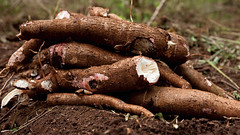
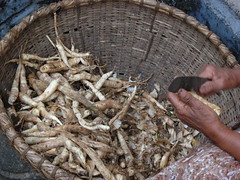
Then you need to clean and prep the roots
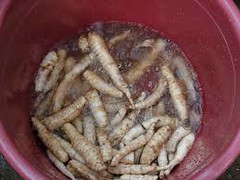
Then you start the process of a series of soaking stages in order to soften the cell walls

Grind the roots to a pulp over and over will eventually seperate the fiber from the starch
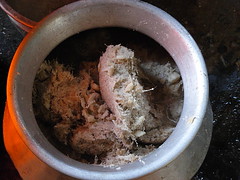
Rinse and repeat as many times as you need with each step yielding a finer material
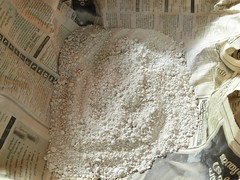
Dry the fine pulp and grind
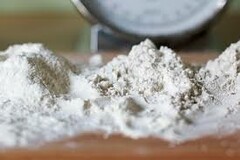
Finally grind it to the most delicate light fluffy powder. Now it’s ready!
In the end, we here at Très Spa feel the extra work (and cost) is worth it. Not just for the fact we really think plants are better for you, but because done responsibly and organically, this process can be repeated over and over and over making plant starches very eco-friendly sustainable planet friendly ingredient to use for our Organic Dusting Powders!

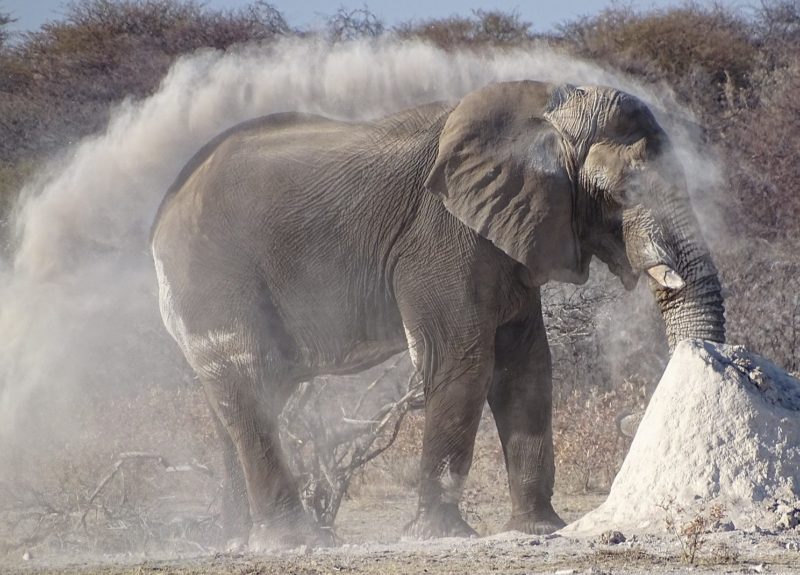
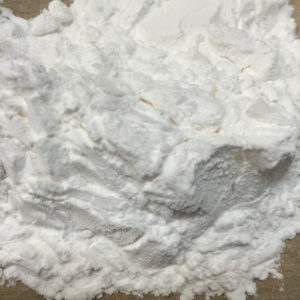 When I was a young girl I learned an amazing trick from my grandmother on how to keep cool in the sweltering heat. A dusting of powder over your skin can help keep you feeling cool and comfortable. The powder helps wick the water away from your skins surface and it creates a silky barrier to friction. Even though it can be messy to use, I highly recommend it for any man women or child to try. Trust me, you wont regret it.
When I was a young girl I learned an amazing trick from my grandmother on how to keep cool in the sweltering heat. A dusting of powder over your skin can help keep you feeling cool and comfortable. The powder helps wick the water away from your skins surface and it creates a silky barrier to friction. Even though it can be messy to use, I highly recommend it for any man women or child to try. Trust me, you wont regret it. The vast majority of commercial powders on the market today are made in whole or in part by Talc.
The vast majority of commercial powders on the market today are made in whole or in part by Talc. Personally I don’t like to gamble with life so I never bothered with Talc. When I formulate I like to think in terms of living in harmony with the world as much as possible. My first preference is to look for renewable ingredients that are sustainable. You can grow and harvest and re-grow plants but once you mine a mineral it is gone (not to mention the scars left on the land behind). That is why the powders we make at Très Spa are 100% botanical with a long history of human safety and no “suspicious” findings. It’s more expensive and it is more challenging to formulate but we feel you are worth it. So if your Tres Spa powder doesn’t feel like talc, there is a good reason, it’s because it isn’t. It is water soluble and made from the finely ground plants that are used in food you eat.
Personally I don’t like to gamble with life so I never bothered with Talc. When I formulate I like to think in terms of living in harmony with the world as much as possible. My first preference is to look for renewable ingredients that are sustainable. You can grow and harvest and re-grow plants but once you mine a mineral it is gone (not to mention the scars left on the land behind). That is why the powders we make at Très Spa are 100% botanical with a long history of human safety and no “suspicious” findings. It’s more expensive and it is more challenging to formulate but we feel you are worth it. So if your Tres Spa powder doesn’t feel like talc, there is a good reason, it’s because it isn’t. It is water soluble and made from the finely ground plants that are used in food you eat. Yes! Of course Très Spa is cruelty free skincare. I would think our logo and our tag line would be a ‘give-away’ but we know it is important to make the statement clear and loud. So there is no doubt about it, we only use plant based ingredients. There is no need to test our products on anyone or anything to know its potential side effects. Our ingredients have been used for centuries so the record is very long! In some cases hundreds of years long.
Yes! Of course Très Spa is cruelty free skincare. I would think our logo and our tag line would be a ‘give-away’ but we know it is important to make the statement clear and loud. So there is no doubt about it, we only use plant based ingredients. There is no need to test our products on anyone or anything to know its potential side effects. Our ingredients have been used for centuries so the record is very long! In some cases hundreds of years long. So what does it mean when a company says their products are cruelty free? It means that no animal was tested using the product. It is not a controlled claim in that there is no governing body but it is generally accepted and a common practice. However, the cruelty free standard only goes so far. It does not expand beyond the manufacturer of the finished goods. Historically it did not reach into the entire supply chain for each and every one of the ingredients that goes into that end product. So the claim falls a bit short of the mark in our opinion (but we do have some pretty high standards).
So what does it mean when a company says their products are cruelty free? It means that no animal was tested using the product. It is not a controlled claim in that there is no governing body but it is generally accepted and a common practice. However, the cruelty free standard only goes so far. It does not expand beyond the manufacturer of the finished goods. Historically it did not reach into the entire supply chain for each and every one of the ingredients that goes into that end product. So the claim falls a bit short of the mark in our opinion (but we do have some pretty high standards).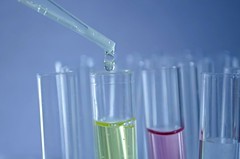 New compounds designed in a lab don’t have the same advantage as natural ingredients do, century’s worth of human “hands on experience”. Nature, in its unaltered state or un-isolated, the totality is well known and records have been well established. Now, there are some that would argue that testing has been done in the past and they may be correct. But that testing would have been decades ago.
New compounds designed in a lab don’t have the same advantage as natural ingredients do, century’s worth of human “hands on experience”. Nature, in its unaltered state or un-isolated, the totality is well known and records have been well established. Now, there are some that would argue that testing has been done in the past and they may be correct. But that testing would have been decades ago. We have all seen the labels and the marketing material stating that a product is hypoallergenic. What makes it so, what does that mean, and why say it? It’s a marvelous word signifying the product is less apt to cause an allergic reaction. It sounds so clinical, official and sterile. Like nothing bad could happen to you if you used this product. The word hypoallergenic makes you think that this is skincare you can trust.
We have all seen the labels and the marketing material stating that a product is hypoallergenic. What makes it so, what does that mean, and why say it? It’s a marvelous word signifying the product is less apt to cause an allergic reaction. It sounds so clinical, official and sterile. Like nothing bad could happen to you if you used this product. The word hypoallergenic makes you think that this is skincare you can trust. cosmetics. You make a line of foundation make up. You have a long list of ingredient compounds that go into this foundation product. Say you start getting feedback that there is a part of the population that is having an allergic reaction (usually slight redness, heat, or itchiness). You want happy customers! So you go back to your lab and you isolate the compound that may be the perpetrator and you either change your formula a bit and re release as “Re Formulated” or you run a new line with a new set of compounds and call it “Hypoallergenic”.
cosmetics. You make a line of foundation make up. You have a long list of ingredient compounds that go into this foundation product. Say you start getting feedback that there is a part of the population that is having an allergic reaction (usually slight redness, heat, or itchiness). You want happy customers! So you go back to your lab and you isolate the compound that may be the perpetrator and you either change your formula a bit and re release as “Re Formulated” or you run a new line with a new set of compounds and call it “Hypoallergenic”. With Très Spa, we feel natural plant based is the best for you and for the planet. So we create products in Harmony with Nature and we disclose all of the ingredients on our website as well as our labels. Très Spa products serve a broad spectrum of customers and some that suffer from allergies to various ingredients as well as those with particularly challenging skin conditions like psoriasis and eczema. So even though Très Spa products could be considered hypoallergenic, we choose not to actively market that. We feel it is far better to use natural and botanical ingredients in our formulations and disclose what each ingredient is then let you, the consumer, choose what works best for you. After all, you know what you are allergic to.
With Très Spa, we feel natural plant based is the best for you and for the planet. So we create products in Harmony with Nature and we disclose all of the ingredients on our website as well as our labels. Très Spa products serve a broad spectrum of customers and some that suffer from allergies to various ingredients as well as those with particularly challenging skin conditions like psoriasis and eczema. So even though Très Spa products could be considered hypoallergenic, we choose not to actively market that. We feel it is far better to use natural and botanical ingredients in our formulations and disclose what each ingredient is then let you, the consumer, choose what works best for you. After all, you know what you are allergic to.
